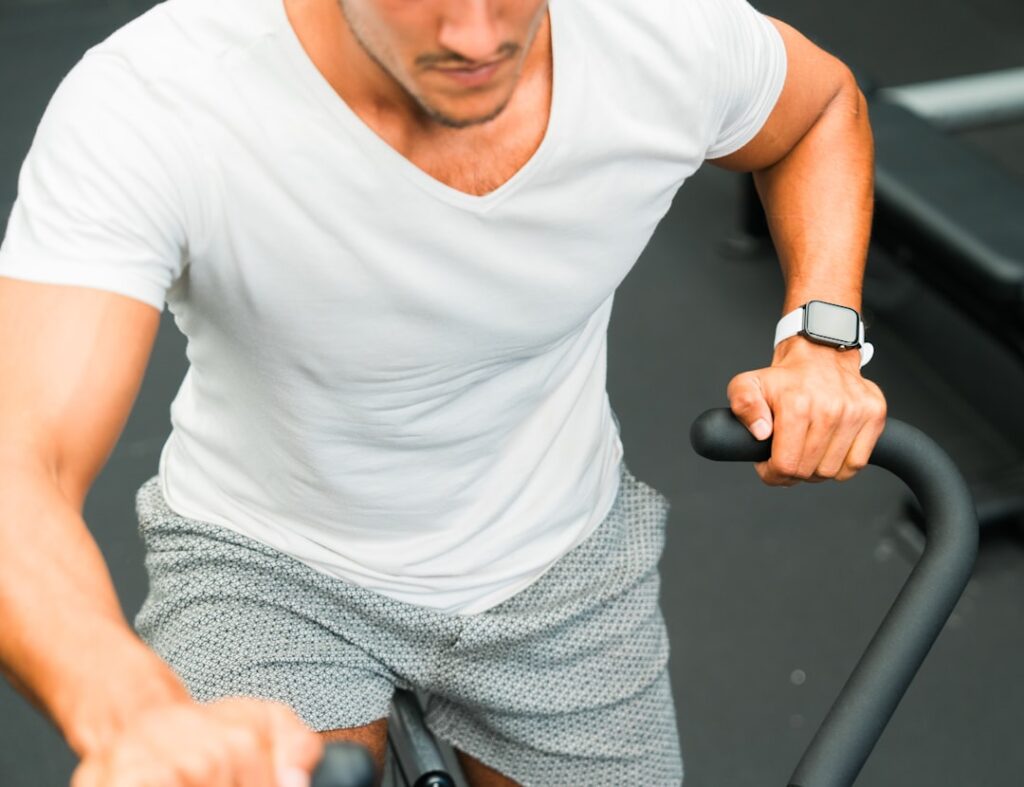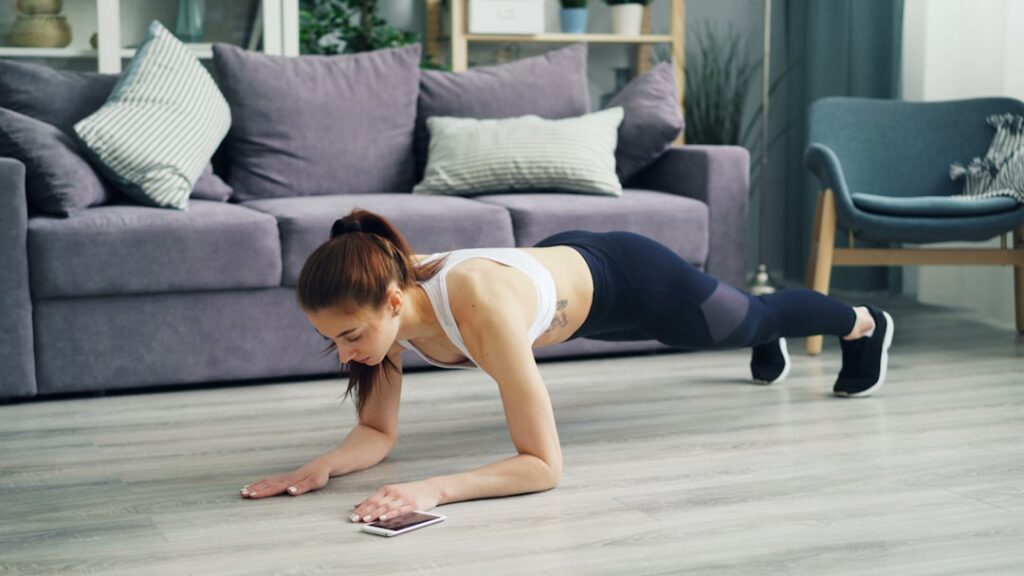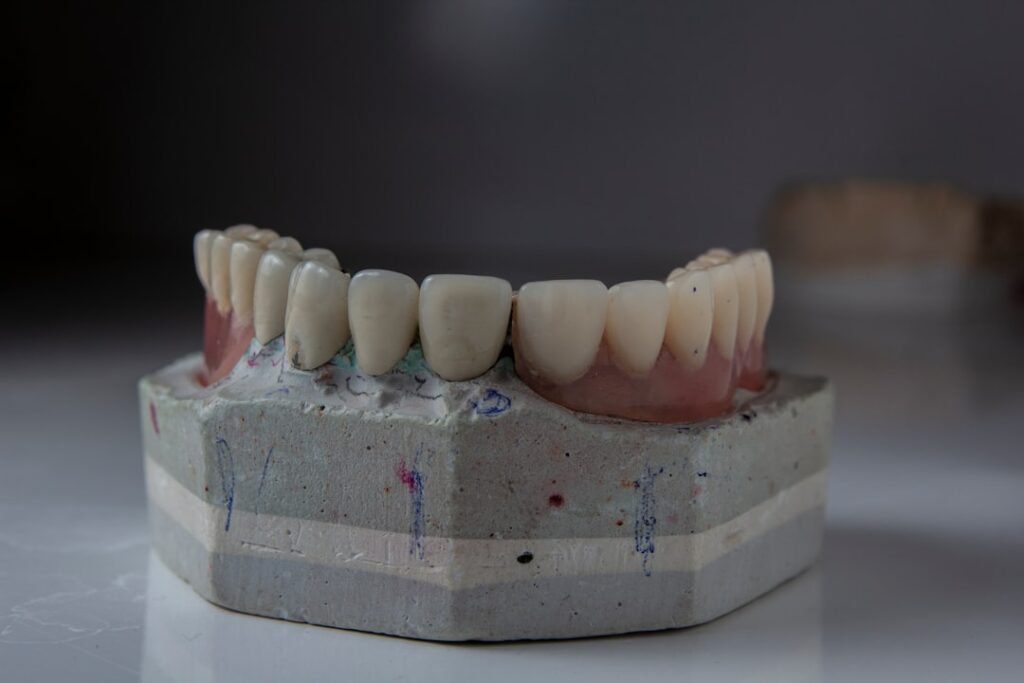Do you ever catch yourself slumping at your desk, shoulders rounded, neck craned forward, feeling that familiar ache creep into your lower back by midday? You’re not alone. In our modern world, where hours are spent hunched over screens and commutes involve endless sitting, poor posture has become an almost universal epidemic. But what if a few simple, consistent actions could fundamentally change your relationship with gravity, alleviate discomfort, and even boost your confidence? This isn’t just about standing taller; it’s about building foundational core strength for posture that supports your entire well-being, transforming how you feel and move every single day.
The Hidden Impact of Poor Posture: More Than Just Aesthetics
Most of us associate good posture with looking confident or professional. While true, the ramifications of poor posture extend far beyond appearances. Imagine your spine as a delicate, yet resilient, stack of blocks. When misaligned, the weight isn’t distributed evenly, leading to excessive strain on certain areas. This constant stress manifests in a cascade of problems:
- Chronic Pain: The most obvious and debilitating effect. Persistent neck pain, shoulder tension, and lower back aches are frequently direct consequences of improper alignment. Over time, this can lead to conditions like sciatica, herniated discs, and nerve impingement.
- Reduced Mobility: Stiff joints and tight muscles, often a result of poor postural habits, restrict your range of motion, making everyday tasks like reaching, bending, or even turning your head feel cumbersome.
- Fatigue and Low Energy: When your body isn’t properly aligned, your muscles have to work harder to keep you upright. This increased effort drains your energy reserves, leaving you feeling tired even after a full night’s sleep.
- Impaired Organ Function: A slumped posture compresses your internal organs, particularly your lungs and digestive system. This can reduce lung capacity, making breathing less efficient, and potentially hinder digestion, leading to issues like acid reflux or constipation.
- Negative Psychological Effects: Studies have shown a strong link between posture and mood. A slumped posture can contribute to feelings of sadness, low confidence, and even anxiety, while an upright stance has been associated with increased self-esteem and reduced stress.
The causes are manifold, from the ubiquitous “tech neck” caused by looking down at smartphones to prolonged sitting, ill-fitting furniture, and perhaps most crucially, a weak core. Each factor contributes to a cycle where muscles become imbalanced – some overstretched and weak, others tight and overworked – ultimately compromising your spinal health. Addressing this isn’t just about temporary fixes; it’s about reclaiming your physical and mental vitality.
(Image suggestion: An infographic illustrating the various negative impacts of poor posture on different body systems – spine, lungs, digestion, mood.)
The Cornerstone of a Strong Spine: Understanding Core Strength for Posture
When we talk about the “core,” many people immediately think of a six-pack. However, true core strength goes far beyond superficial abdominal muscles. Your core is a complex network of muscles, including the transverse abdominis (a deep corset-like muscle), the multifidus (small muscles along the spine), the pelvic floor, and the diaphragm, all working in concert to stabilize your spine and pelvis. These deep stabilizing muscles are your body’s natural internal support system.
A robust core acts as the foundation for good posture because it:
- Stabilizes the Spine: It provides a protective “brace” around your lumbar spine, reducing excessive movement and distributing forces evenly during activity.
- Supports Upright Alignment: Strong core muscles help hold your torso upright against gravity, preventing slouching and keeping your spine in its natural, neutral curves.
- Facilitates Efficient Movement: With a stable core, your limbs can move more freely and powerfully, as they have a solid base from which to operate.
Research consistently highlights the critical role of core strength in preventing and alleviating back pain. A systematic review and meta-analysis published in *BMC Musculoskeletal Disorders* in 2021 by Hlaing et al. confirmed that “core stability exercises are effective in reducing pain, functional disability and improving the quality of life in patients with chronic non-specific low back pain.” This scientific consensus underscores why focusing on your core is not merely about aesthetics, but about fundamental spinal health and overall physical function.
(Image suggestion: A detailed anatomical diagram showcasing the deep core muscles – transverse abdominis, multifidus, pelvic floor, and diaphragm.)
Simple Daily Moves to Cultivate Your Core Strength for Posture
Transforming your posture doesn’t require hours at the gym. Small, consistent efforts throughout your day can yield significant results. Here are evidence-based strategies, easy to integrate into your routine, to build genuine core strength for posture and enhance your alignment.
Foundational Breathing: The Diaphragm & Pelvic Floor Connection
Before any other exercise, mastering diaphragmatic breathing is crucial. Your diaphragm, a primary breathing muscle, is also a key component of your deep core. When you breathe deeply into your belly (rather than shallowly into your chest), you engage your transverse abdominis and pelvic floor, naturally activating your core stabilizers.
- Lie Down: Lie on your back with knees bent, feet flat on the floor. Place one hand on your chest and the other on your belly.
- Inhale Deeply: Inhale slowly through your nose, feeling your belly rise with your hand, while your chest hand remains relatively still.
- Exhale Gently: Exhale slowly through pursed lips, feeling your belly gently fall. Imagine gently drawing your navel towards your spine at the end of the exhale.
- Repeat: Practice for 5-10 minutes daily.
Harvard Health Publishing highlights the benefits of diaphragmatic breathing, noting its ability to reduce stress and improve core engagement. This simple practice can reset your nervous system and prepare your core for activation.
Gentle Awakening: Morning Mobility Routine
Start your day by waking up your spine and engaging your core. Perform these 3-5 times each morning:
- Cat-Cow Stretch: On hands and knees, arch your back as you inhale (cow), then round your spine as you exhale (cat). This mobilizes the entire spine.
- Bird-Dog: From hands and knees, simultaneously extend one arm forward and the opposite leg back, keeping your core stable and hips level. Hold for a few seconds, then switch sides. This builds stability and coordination.
- Pelvic Tilts: Lie on your back, knees bent. Gently flatten your lower back into the floor (pelvic tilt), then arch it slightly, creating a small gap. This helps you find and control the neutral spine position.
(Image suggestion: A short GIF or series of images demonstrating the Cat-Cow stretch.)
Desk-Side Posture Power-Ups
Incorporate these brief movements throughout your workday to counteract the effects of prolonged sitting:
- Scapular Squeezes: Sitting tall, gently squeeze your shoulder blades together as if holding a pencil between them. Hold for 5 seconds, release. Repeat 10 times. This strengthens the mid-back muscles crucial for upright posture.
- Chin Tucks: Gently draw your chin straight back, elongating the back of your neck. Avoid tilting your head down. Hold for a few seconds. This addresses “tech neck” and strengthens deep neck flexors.
- Seated Torso Rotations: Sitting tall, gently twist your upper body to one side, holding onto the back of your chair for a gentle stretch. Repeat on the other side. This promotes spinal mobility.
Evening Wind-Down: Restorative Stretches
Before bed, these stretches help release tension and reinforce good alignment:
- Child’s Pose: Kneel with big toes touching, sit back on your heels, and fold forward, resting your forehead on the mat. Extend arms forward or back. A gentle spinal decompression and hip opener.
- Supine Spinal Twist: Lie on your back, extend arms to a ‘T’. Bring one knee to your chest, then gently guide it across your body to the opposite side, keeping both shoulders grounded. Great for spinal mobility and release.
- Wall Angels: Stand with your back flat against a wall, feet shoulder-width apart, about 6 inches from the wall. Press your head, shoulders, and lower back into the wall. Bring your arms up with elbows bent at 90 degrees, palms facing forward. Slowly slide your arms up the wall, keeping your arms and back connected, then slide them back down. This helps open the chest and improve shoulder mobility.
Case Study: Sarah’s Postural Transformation
Sarah, a 34-year-old graphic designer, used to dread evenings. “My upper back and neck felt like a concrete block by 4 PM,” she recounts. “I’d constantly fidget, and my headaches were relentless.” After a consultation with a physical therapist, she committed to integrating just 15 minutes of these daily core and posture moves. “The biggest change was the conscious breathing,” she shares. “It felt like I was reconnecting with my body.” Within three months, Sarah’s headaches significantly reduced, and her back pain became a distant memory. Dr. Marcus Chen, a physiotherapist specializing in occupational health, notes, “Sarah’s case beautifully illustrates the power of consistency and functional movements. It’s not about high-intensity workouts, but about retraining the deep muscles and neurological pathways that support optimal alignment. Even simple actions, correctly executed, can dramatically improve core strength for posture and overall quality of life.”
(Image suggestion: A graphic showing a person performing a “Wall Angel” exercise.)
Beyond the Exercises: Holistic Habits for Lasting Posture Improvement
While targeted exercises are essential, true postural transformation comes from integrating healthy habits into every aspect of your life.
- Ergonomics for Your Environment: Your workspace, home, and even your car should support good posture. Ensure your monitor is at eye level, your chair provides lumbar support, and your feet are flat on the floor. The Mayo Clinic emphasizes that ergonomic adjustments can significantly reduce the risk and severity of back pain by promoting a neutral spine position.
- Mindful Body Awareness: Throughout your day, periodically check in with your body. Are your shoulders creeping up? Is your head pushing forward? Gently bring your body back to alignment. This continuous self-correction builds new muscle memory.
- Hydration and Nutrition: Spinal discs are primarily made of water. Staying well-hydrated helps keep them plump and functional. A diet rich in anti-inflammatory foods (like fruits, vegetables, and lean proteins) supports overall tissue health and reduces inflammation that can exacerbate pain.
- Quality Sleep: Your body repairs and regenerates during sleep. Ensure your mattress provides adequate support and your pillow keeps your head and neck in a neutral alignment. Side sleepers might benefit from a pillow between their knees.
- Regular Movement: Break up long periods of sitting with short walks or stretches. Even 2-5 minutes of movement every hour can make a profound difference.
Common Misconceptions About Posture and Core Strength
The journey to better posture is often fraught with common misunderstandings that can hinder progress. Let’s debunk a few:
- Myth: Good posture means standing perfectly straight and rigid.
Reality: Ideal posture is dynamic and adaptable, not stiff. Your spine has natural curves (cervical, thoracic, lumbar) that act as shock absorbers. Trying to force a completely flat back or ramrod-straight spine can create more tension and instability. The goal is a “neutral spine,” where these curves are gently maintained and supported, allowing for fluid movement. - Myth: Only crunches and sit-ups build a strong core.
Reality: While crunches target superficial abdominal muscles, they do little for the deep stabilizing muscles that truly support your spine and contribute to core strength for posture. Focusing solely on these can even create muscle imbalances. Exercises like planks, bird-dogs, and dead bugs, which emphasize stability and anti-rotation, are far more effective for functional core strength. - Myth: It’s too late to fix my posture; I’ve had bad posture my whole life.
Reality: The human body is remarkably adaptable. While deeply ingrained habits take time and consistent effort to change, it’s never too late to improve your posture. Neuroplasticity allows your brain to form new neural pathways, and muscles can be strengthened at any age. Even small, consistent changes can lead to significant improvements in comfort and alignment over time. The key is patience and persistence.
Your Journey to a More Aligned Self: A Sustainable Approach
Embarking on the path to improved posture and a stronger core is an investment in your long-term health, comfort, and confidence. It’s not about achieving perfection overnight, but about cultivating a deeper awareness of your body and integrating small, sustainable changes into your daily rhythm. The discomfort you feel today doesn’t have to be your story tomorrow. By understanding the profound impact of your core, embracing simple movements, and adopting holistic habits, you are empowering yourself to stand taller, move freely, and live with less pain and more vitality.
Begin with one small change today – perhaps focusing on diaphragmatic breathing for five minutes, or setting a reminder to perform a scapular squeeze every hour. Listen to your body, celebrate small victories, and trust in the cumulative power of consistency. Your journey to a stronger core and better posture is a journey toward a more aligned, energetic, and resilient you. Take that first step towards a life where you not only look better but truly feel better, from the ground up.
***
Author Bio
Dr. Elena Ramirez, DPT, CSCS, is a Doctor of Physical Therapy and a Certified Strength and Conditioning Specialist with over a decade of experience in rehabilitation and preventive health. Specializing in biomechanics and functional movement, Dr. Ramirez is passionate about empowering individuals to achieve optimal physical well-being through evidence-based practices and accessible education. Her work focuses on helping people understand their bodies and build sustainable habits for a pain-free, active life.





